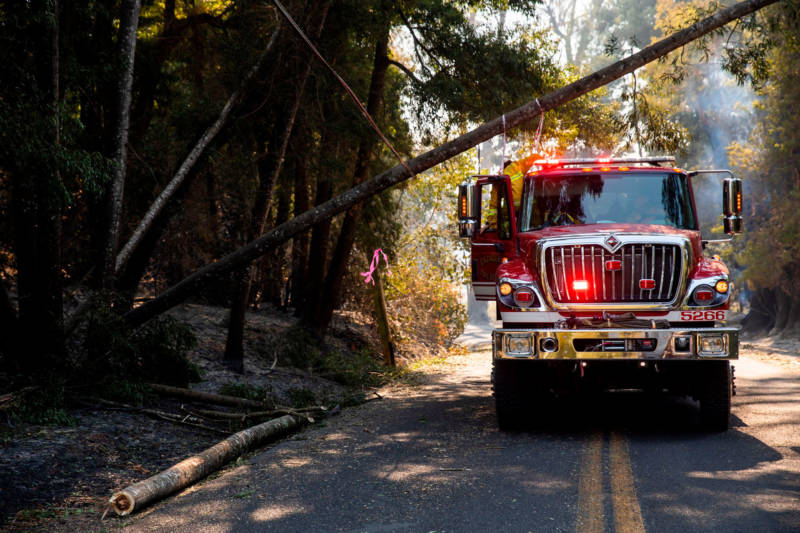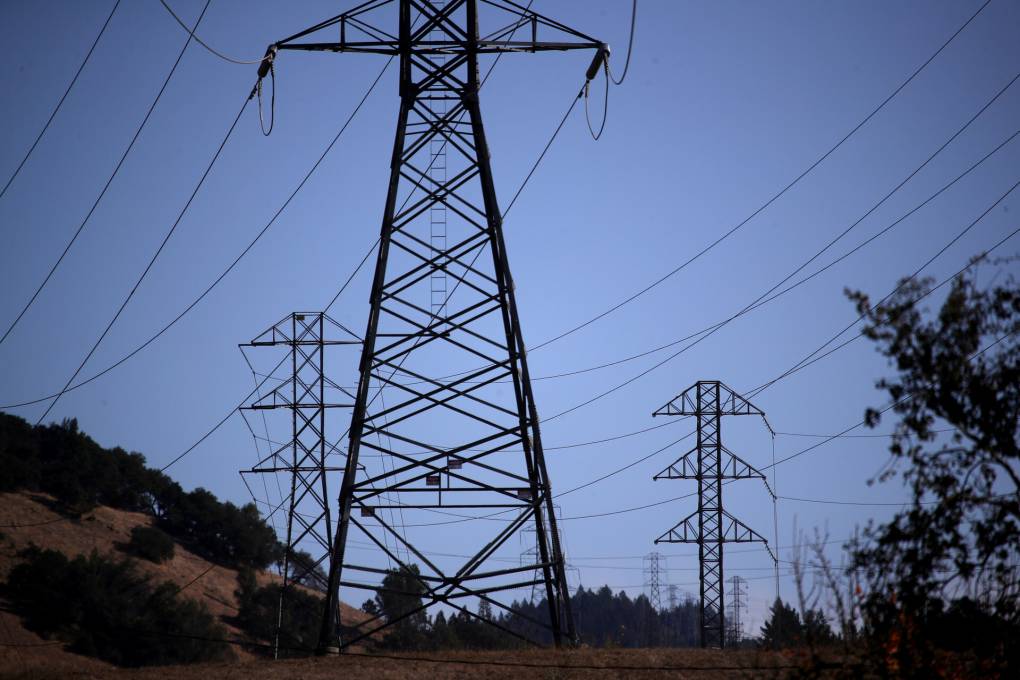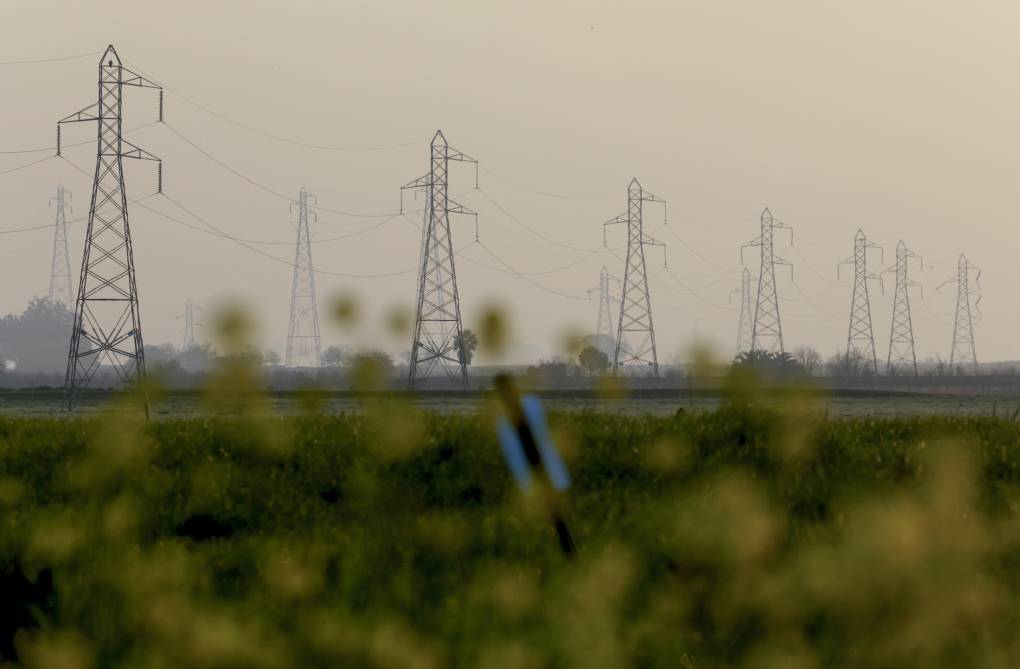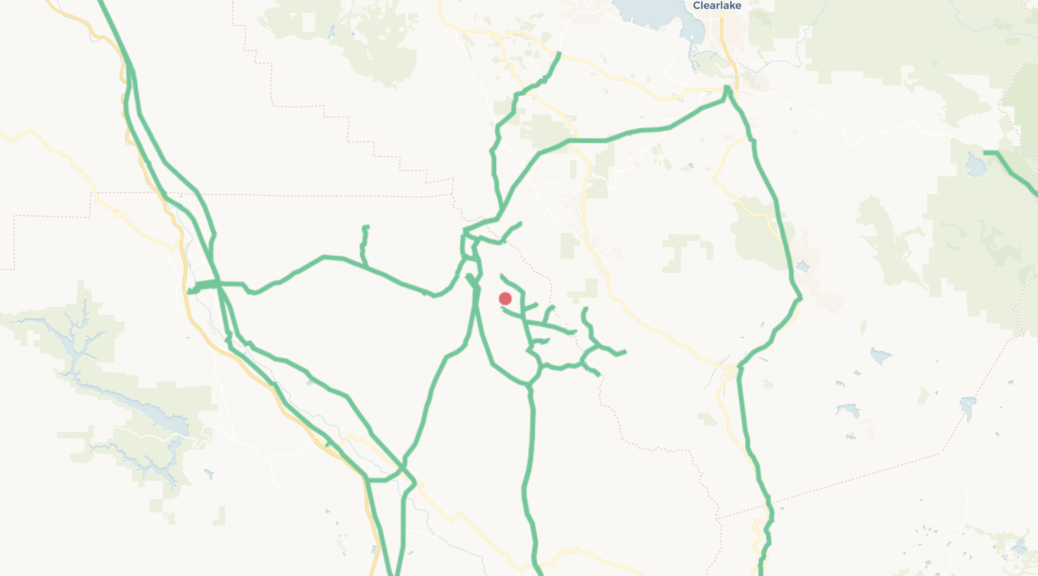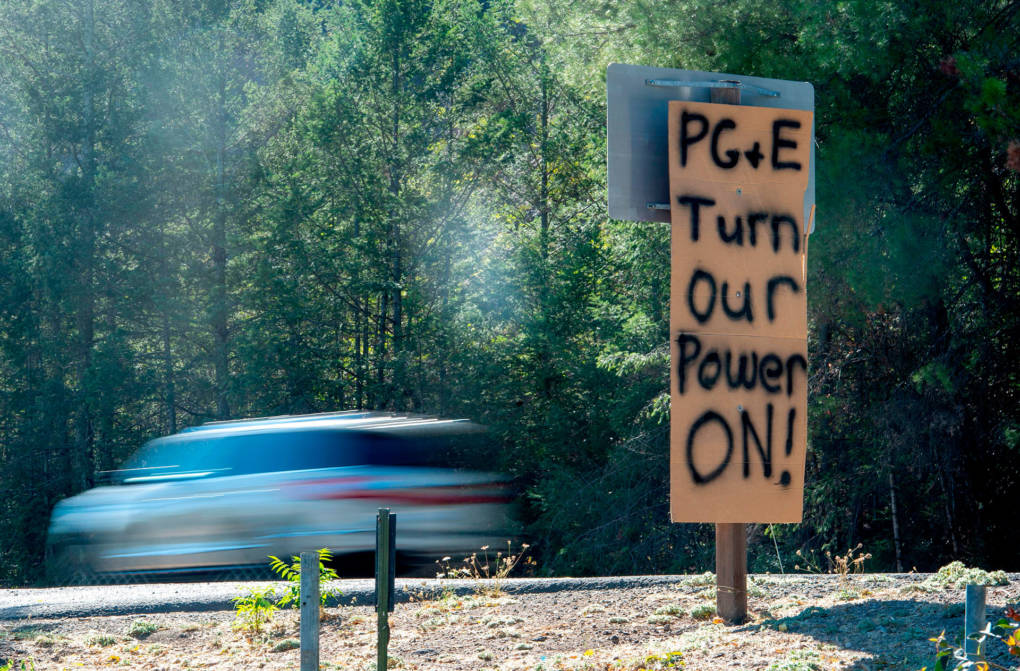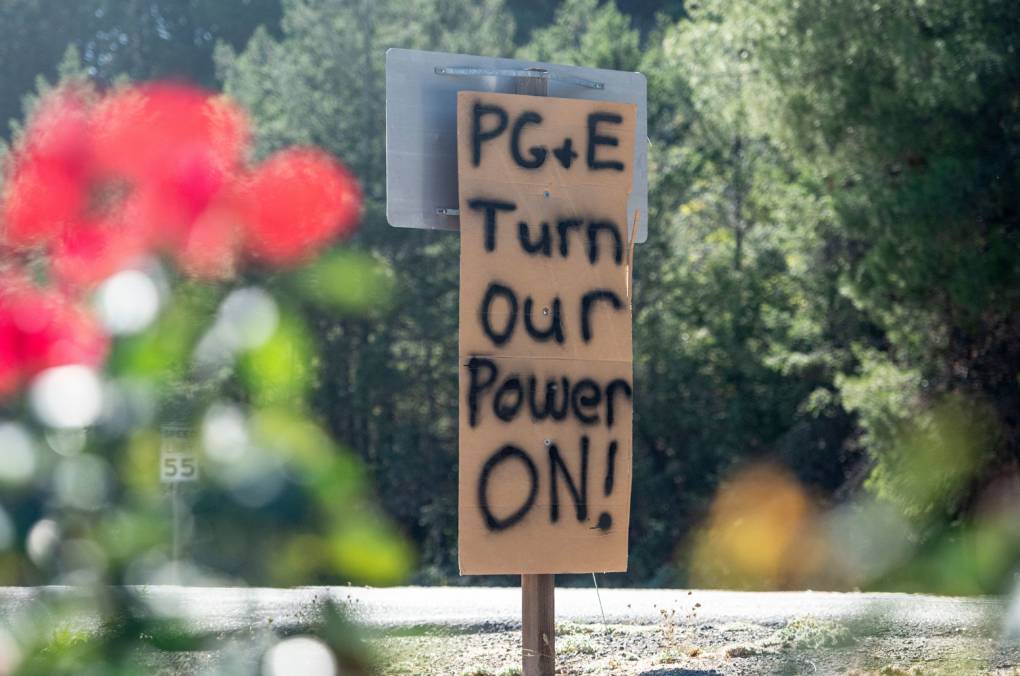The company had reported finding more than 100 instances of damage to the 25,000 miles of electrical lines taken out of service during the blackout, which affected about 729,000 customers in 35 counties during a period of extreme fire weather between Oct. 9 and Oct. 12.
“It is possible that any one of these instances could have been a potential source of ignition had a PSPS (public safety power shutoff) not been initiated,” the company said in an Oct. 14 press release.
The release was issued the same day Alsup, who is overseeing the company’s criminal probation for violating federal pipeline safety laws, directed the company to tell him how many of those reported episodes involved damage that would have caused lines to arc and thus pose a dramatically heightened risk of sparking a fire.
In a brief report filed with the court Wednesday, PG&E said it found a total of 115 sites where damage had occurred — 74 involving wind-whipped trees or branches that had come into contact with power lines and 41 involving wind damage to equipment.
The utility said 44 cases of vegetation-related damage and a dozen cases of infrastructure damage could have led its lines to arc.
The filing acknowledged that the company has no way of determining with any degree of certainty whether arcing would actually have occurred.
PG&E has said that inspections following its most widespread preemptive blackouts, which began last Saturday night, have uncovered at least 127 instances of damage to its lines and other equipment.
PG&E elected to turn off power to 970,000 customers — an estimated 2.5 million people — to avoid sparking fires during a prolonged episode of high winds and very dry weather. One station in the Mayacamas Mountains northeast of Geyserville recorded a gust of 102 mph Sunday morning.
The role of the company’s equipment in touching off wildfires has been revived by the disclosure that a problem on one of its transmission lines occurred about the same time and place that the Kincade Fire began in The Geysers area of northeastern Sonoma County the night of Oct. 23.
